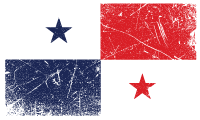

guna yala san blas panama san blas islands panama
The Comarca of Guna Yala (San Blas) stretches from the Gulf of Guna Yala eastward to the Colombian border, measuring 232 miles (373 km) long. It consists of a relatively thin strip of the mainland along Panama's northeast Atlantic coast and over 360 distinct islands. Most of the Guna Indians live near Porvenir on the mainland, or on nearby islands, of which only 40 +/- are inhabited.
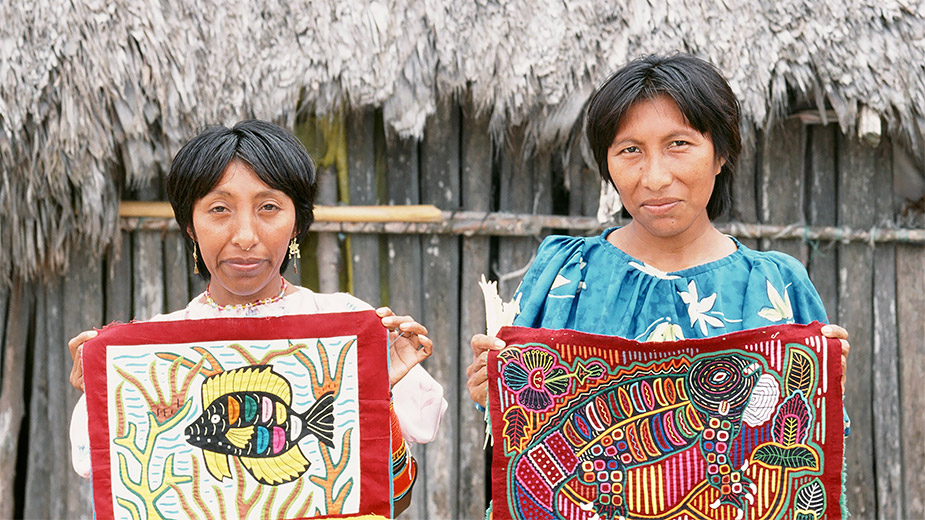
Formerly a part of Colombia, the Gunas have inhabited this region of Panama for hundreds of years and were, in fact, there to greet the first European explorers. Despite relentless pressure and persuasion by various European explorers, and later, by the Panamanian government — to adopt a more westernized lifestyle — the Gunas have, for the most part, succeeded in preserving their culture and distinct way of life. While Guna's history recognizes four separate revolutions, the fourth — in February 1925 — led to the creation of the current Comarca. Since then, the Gunas have enjoyed self-rule.
Upon arriving, the Gunas mainly settled along the coast, where raw materials were abundant and accessible. However, they sought shelter on the small islands that dot the coastline due to malaria, yellow fever, and other tropical diseases, though they remained dependent on the mainland for its natural resources, e.g., food, water, wood, and other necessary materials. With tropical diseases eradicated, many Gunas have returned to the mainland. Once admired for their isolation and protection, the islands, due to their lack of natural resources, are a less desirable option, particularly true for the islands that reside far from the mainland, most of which remain uninhabited.
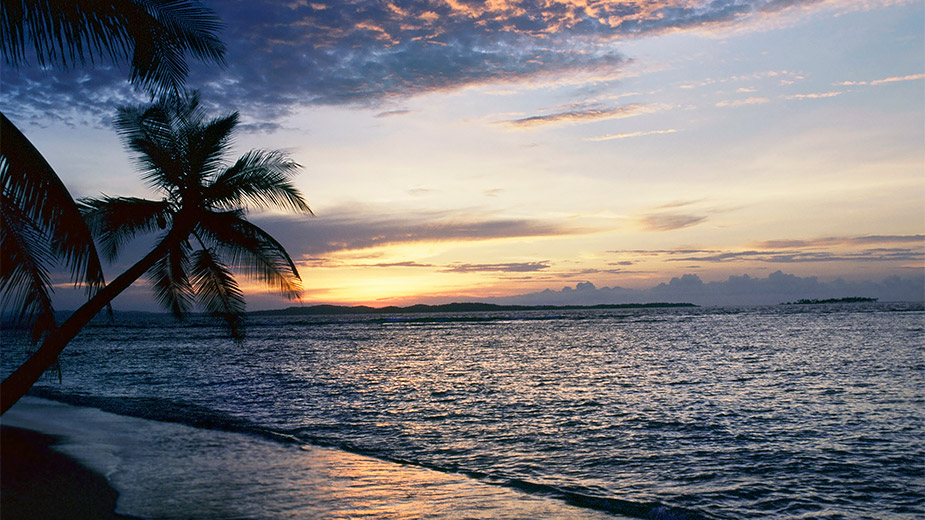
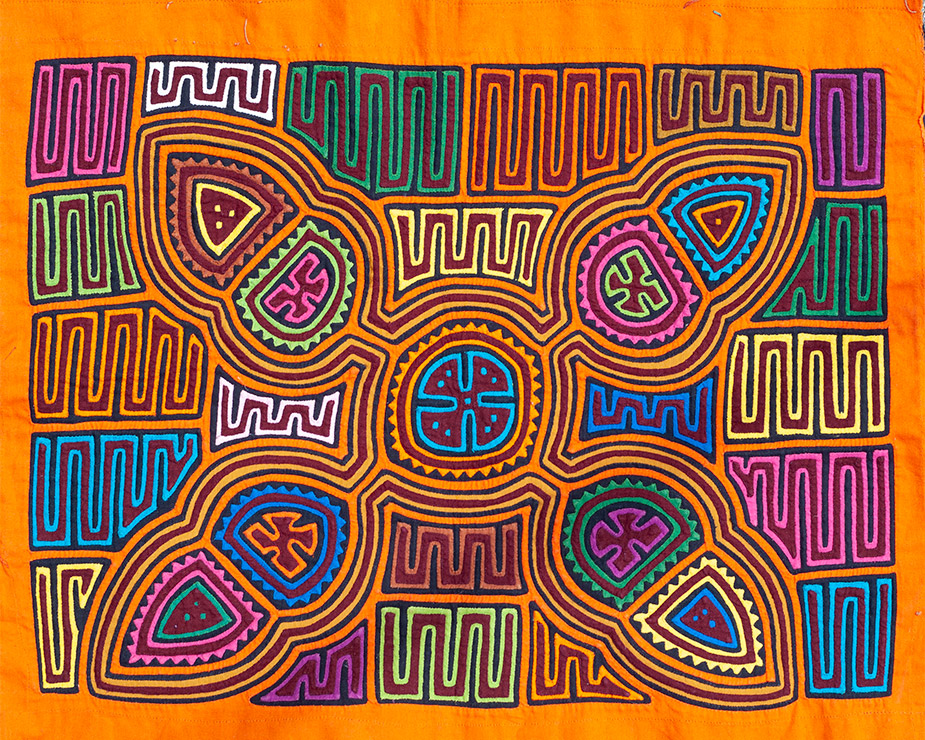
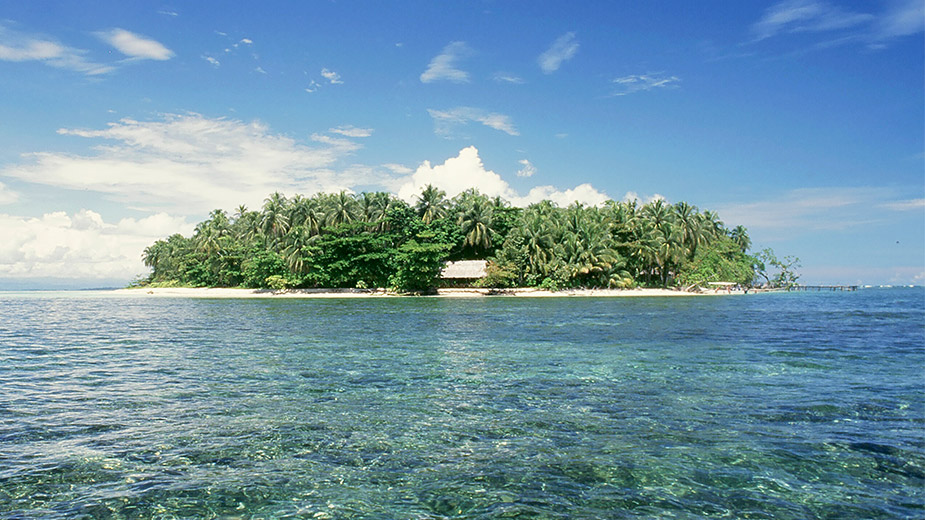
A quiet, reserved, and hospitable people, the Gunas are overtly proud of their culture and traditional, simple way of life. Transportation from island to island, and even to the mainland, is often accomplished by hand-carved dugout canoes aided by large sheets that serve as sails. Women spend a large portion of their day performing daily chores, which include colorful knitting molas. Men pass their time fishing, tending to cocoa trees, gathering needed material, and performing other routine tasks. All in all, Gunas are accommodating, loving people, and appear determined to keep their subsistence lifestyle intact, despite numerous external forces that have dramatically impacted Guna's life over time.
Perhaps the most significant of these was the introduction of air travel. Once an isolated archipelago, Guna Yala now enjoys daily flight service to many of its 10-15 airstrips that reside along the Atlantic coast. Improved accessibility has brought with it the introduction of western influences while affording Gunas the ability to visit Panama City and other areas, directly and dramatically impacting daily life in Guna Yala. Gunas, like the rest of us, have taken a liking to jewelry, cell phones, etc. On the more densely populated islands like Porvenir and Cartí, it is a commonplace to see youth wearing sneakers, baseball caps, shorts, and t-shirts. Traditional dress is somewhat limited to older women, with most men exhibiting no traditional dress.
Other western influences are noticeable on the more inhabited islands. For example, tin roofs have replaced thatched roofs; new governmental buildings, schools, and piers are constructed of cement and not wood; and outboard marine motors are replacing paddles and sails. The impact is undeniable and irreversible, leaving many of the elderly concerned. However, many of the outer islands have managed to preserve the traditional lifestyle so often associated with Guna Indians.
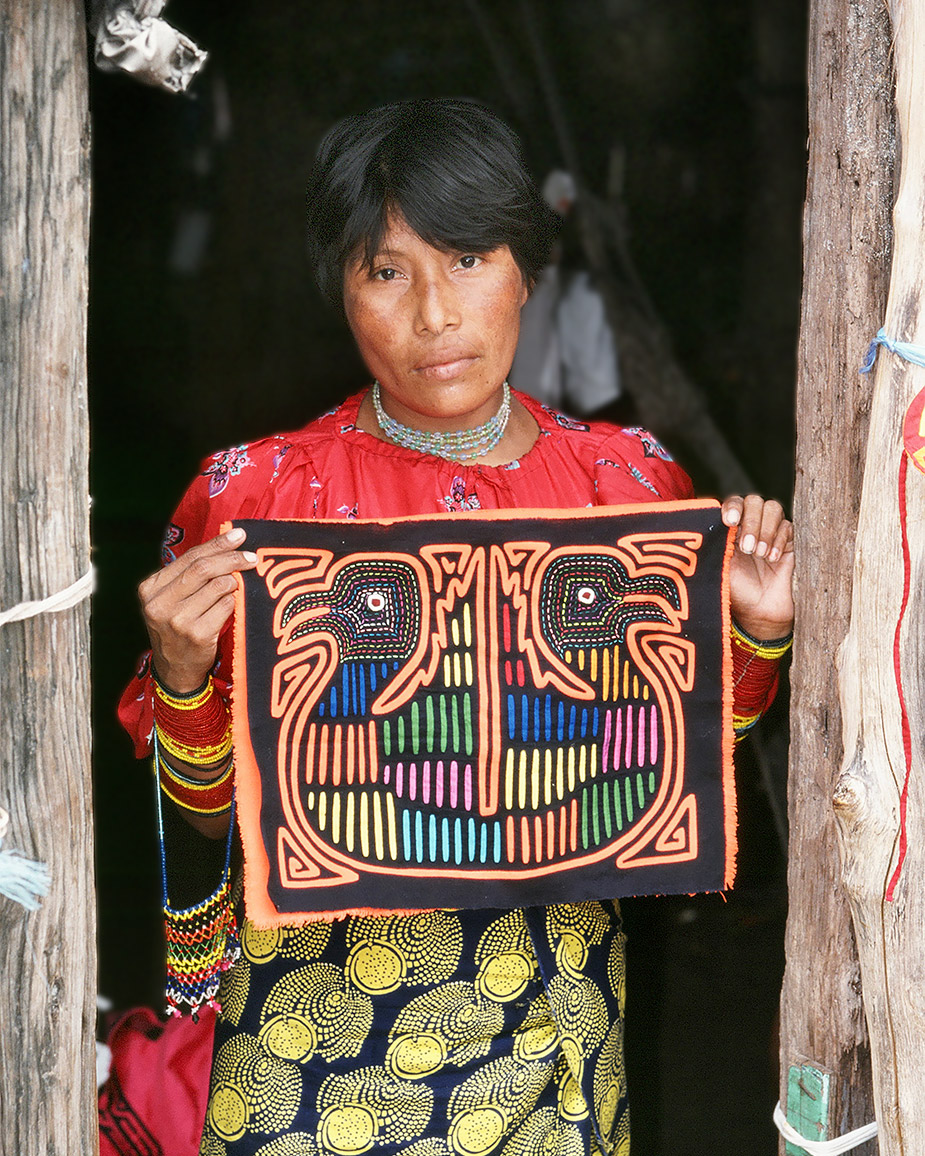
Colorful and intricately sewn, molas are an essential part of the traditional dress of Guna women. They depict the local culture, customs, and, more recently, western influences. They come in various sizes, colors, and patterns, are made from store-bought fabrics, and employ multiple layers of reverse appliqué for dresses, tablecloths, mitts, wall decorations, and tourist souvenirs. Before obtaining material from seafarers and traders more than a century ago, Guna women used natural dyes.
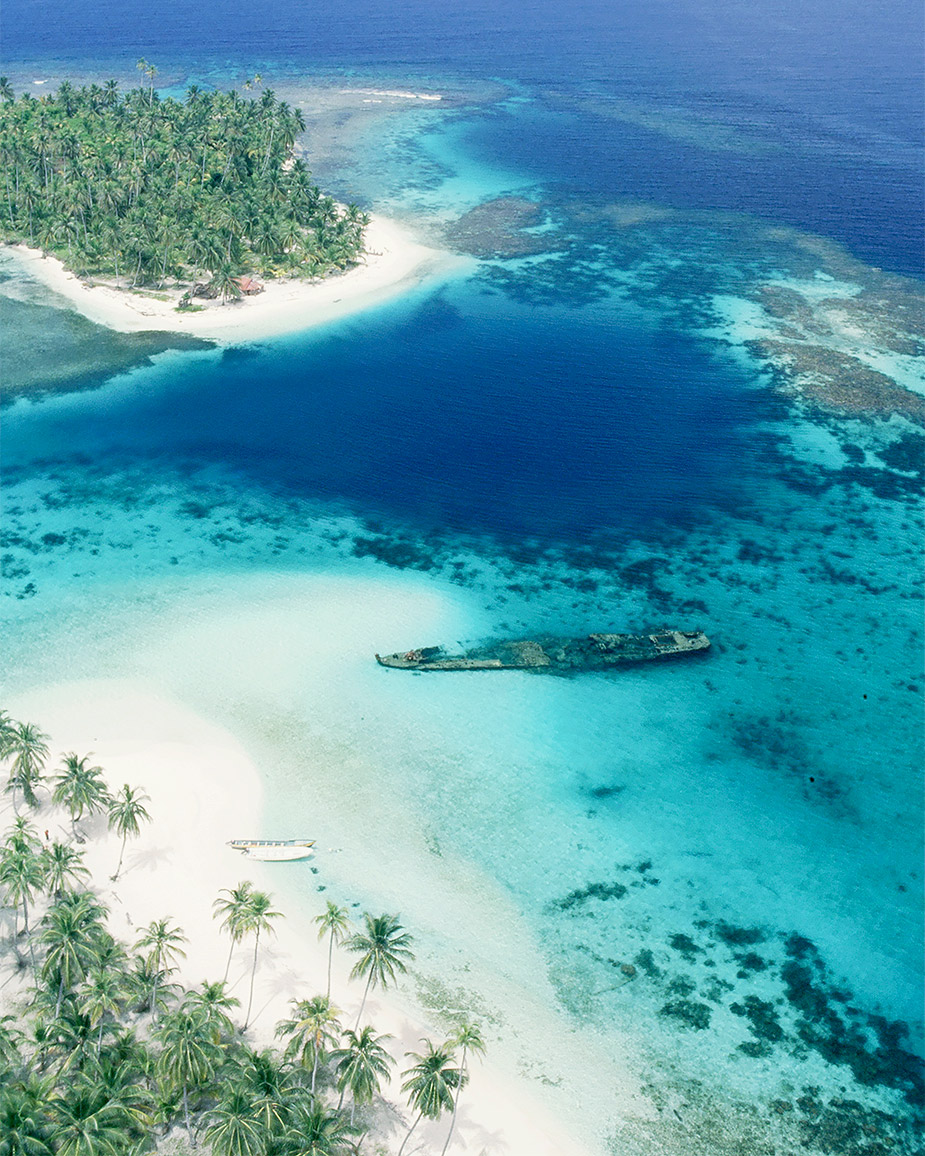
For most visitors, Porvenir serves as a gateway to Guna Yala. Located in the westernmost part of the Comarca, numerous hotels cater to budget and upscale travelers. Most offer simple packages, which include meals and tours to neighboring islands. Daily flights from Panama City to Guna Yala depart from Albrook Airport.
The Guna Museum, located just off the water's edge on the island of Cartí, is open to the public. While most of the items in the museum, e.g., paintings, carvings, and pottery, have bilingual descriptive notes displayed below them, a 15-20 guided tour of the museum is offered and included in the cost of admission. The museum gives visitors an in-depth look into the Guna Indians' culture, religion, and history and is a worthwhile visit for anybody visiting the area.
A traditional Guna hut is square, consisting of a thatched roof and dirt floor. Due to its thickness, durability, and strength, Mangrove wood is used primarily for structural support. Thin white cane, along with the wood mentioned above, is gathered on the mainland and used for walls and doors. Surprisingly, there is little, if any, bamboo used for construction purposes. Yet, the expert craftsman that they are, Gunas, with help, can construct homes and community structures with surprising speed. Despite periods of heavy rain, the interiors of these structures remain dry.
The local economy is more dependent on tourism than traditional products such as cocoa, which the Gunas trade with Colombia; the economic importance of cacao trees has declined over the years, so few are harvested. With independent tourists and cruise ships visiting the area, Gunas have adjusted their lifestyle to accommodate the ongoing changes.
Air Panama regularly has flights to Guna Yala's El Porvenir, Playón Chico, Achutupo, Ogobsucum, Mulatupo, and Puerto Obaldia airstrips departing from Albrook Airport. If you wish to travel by land, we recommend you speak with a travel agency or hotel in Guna Yala for assistance in coordinating your travel. An overland trip includes a 2.5-hour drive to the coastal city of Cartí and then a water taxi ride to your final destination. There is no public transportation to Guna Yala. The total cost of your trip should not exceed $50-$60. Because Guna Yala is an autonomous zone, be sure to bring your passport with you as you need it to enter.